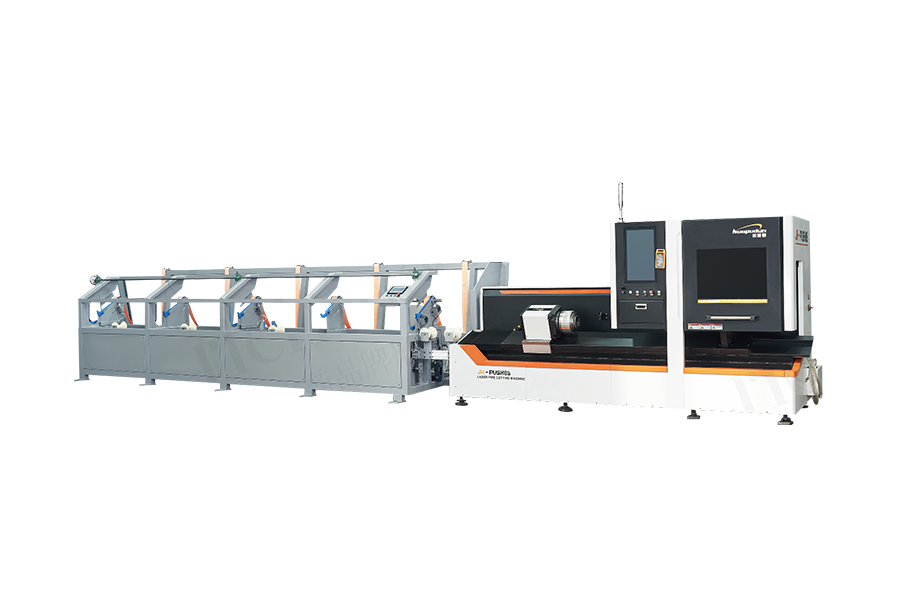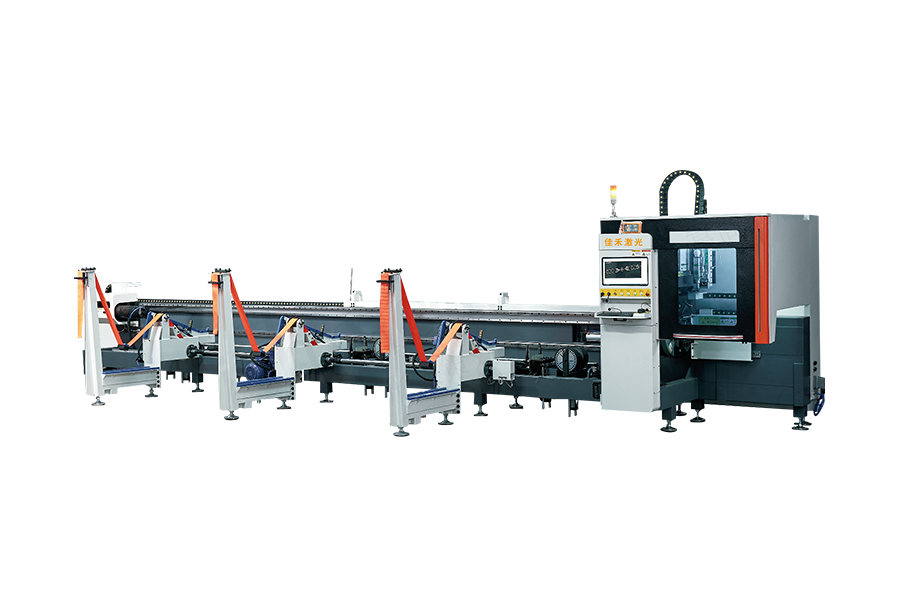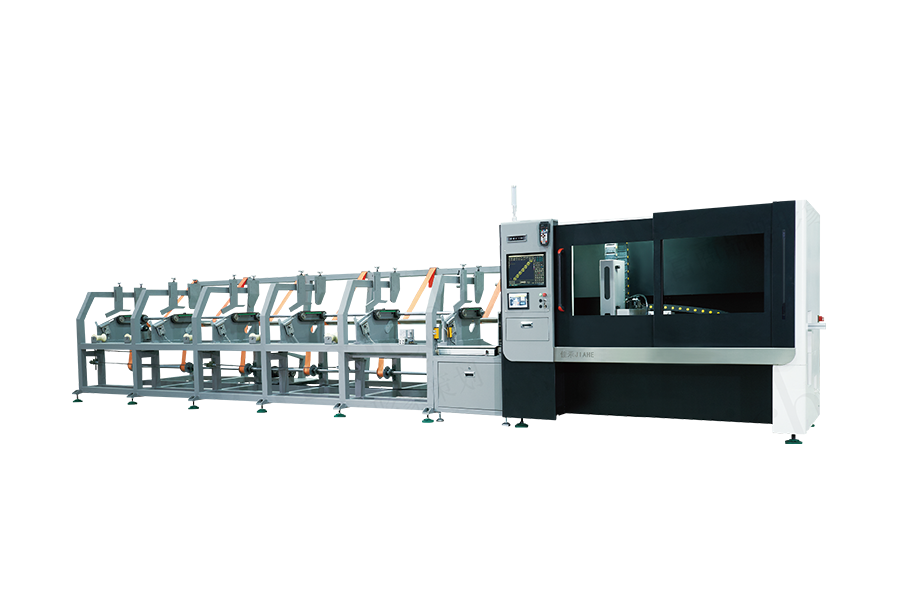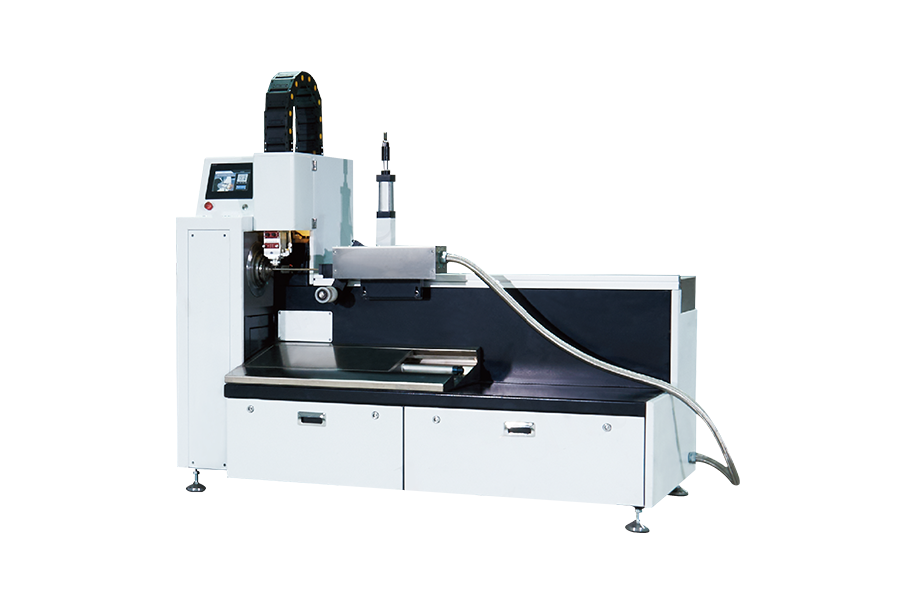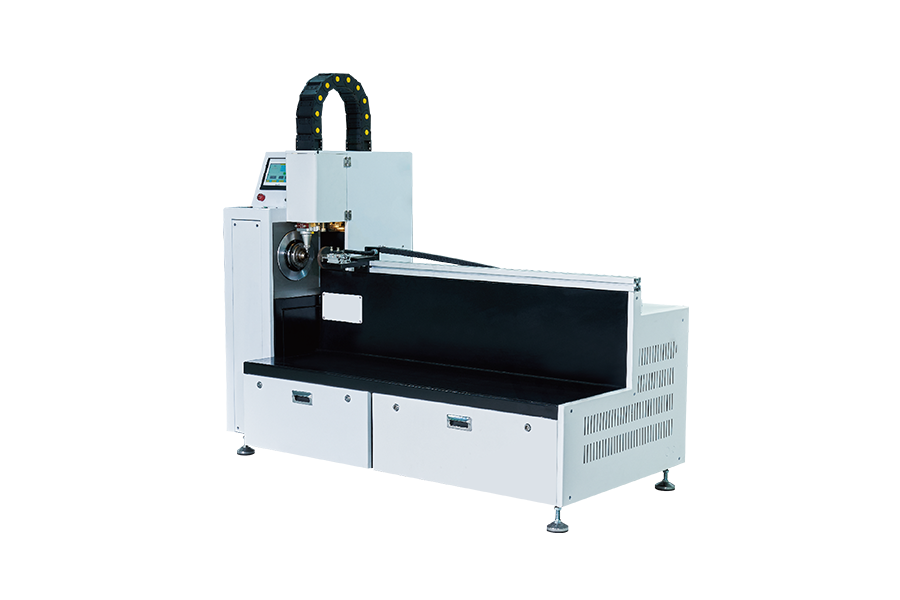Professional R&D, production, sales and after-sales integration.
We have many years of experience in R&D of automation technology and laser technology
In today’s manufacturing sector, automation continues to reshape the way production lines operate, particularly in industries that rely on precise and efficient cutting solutions. One area that has seen significant advancements is CNC Laser Pipe Cutting. As businesses prioritize faster turnaround times, consistent quality, and reduced labor costs, integrating automation into CNC Laser Pipe Cutting production lines has become an essential strategy.

CNC Laser Pipe Cutting technology has long been valued for its accuracy and versatility. Traditionally, operators would manually load materials, adjust machine settings, and supervise the cutting process. While this approach delivered reliable results, it often involved time-consuming tasks and increased the potential for human error. The integration of automation now changes this dynamic by streamlining each stage of the cutting process.
One of the noticeable improvements brought by automation in CNC Laser Pipe Cutting lines is automated material handling. Production environments today often feature automatic loaders and feeders that transport pipes directly to the cutting station. These systems can manage a range of pipe sizes and materials, reducing manual labor and ensuring a steady flow of components for uninterrupted production. As a result, operators can focus on system monitoring and quality checks instead of repetitive lifting and alignment tasks.
Another advantage of automation in CNC Laser Pipe Cutting is improved job scheduling and management. Modern production lines are equipped with software that handles cutting sequences, part nesting, and material optimization. By using these systems, manufacturers can reduce waste and improve throughput without extensive operator intervention. The scheduling software communicates directly with Laser Pipe Cutting machines, ensuring that jobs are completed in the correct order and according to set specifications.
Automation also enhances consistency in CNC Laser Pipe Cutting processes. Machines with automatic pipe rotation, positioning, and clamping functions maintain precise alignment throughout each cut, reducing the chance of deviations. This level of accuracy is particularly valuable in industries like automotive, construction, and furniture manufacturing, where uniform pipe lengths and edge quality are crucial.
Incorporating robotics into CNC Laser Pipe Cutting production lines is another growing trend. Robotic arms can be integrated to load and unload cut parts, sort finished pieces, and even stack them for further processing. This reduces physical strain on workers and allows continuous operation during extended shifts. With proper programming, robots can handle complex cutting patterns and adapt to different pipe geometries, increasing the versatility of automated systems.
Real-time monitoring and data collection have become central to automation in Laser Pipe Cutting lines. Sensors and control systems track machine performance, material usage, and cutting quality throughout each operation. This data is stored and analyzed to optimize workflows, identify bottlenecks, and schedule maintenance before issues arise. The ability to make informed adjustments improves overall productivity and reduces downtime.
Safety is another area where automation benefits CNC Laser Pipe Cutting production lines. Automated systems limit the need for direct human interaction with cutting zones, reducing the risk of workplace accidents. Enclosed cutting stations, automatic shutoff mechanisms, and real-time safety monitoring create a controlled environment that prioritizes operator well-being while maintaining continuous operation.
Automated CNC Laser Pipe Cutting lines also support multi-process integration. Some setups include systems for marking, drilling, and edge preparation alongside cutting stations. By combining multiple operations within a single production line, manufacturers can reduce the number of material handovers and shorten overall processing times. This integrated approach is particularly useful for high-volume or customized projects.
The growing demand for customized components has further increased the appeal of automation in Laser Pipe Cutting. Automated systems are capable of handling complex cuts, intricate patterns, and variable designs without sacrificing speed or precision. Design files can be uploaded directly to the machine’s control system, and adjustments can be made swiftly to meet changing project requirements.
Another benefit of automation is its contribution to operational cost management. While the initial investment in automated CNC Laser Pipe Cutting systems may be substantial, the long-term savings in labor, material waste, and downtime often outweigh the upfront expenses. Consistent performance and reduced reliance on manual labor create a stable production environment capable of meeting modern business demands.

 English
English 中文简体
中文简体 русский
русский